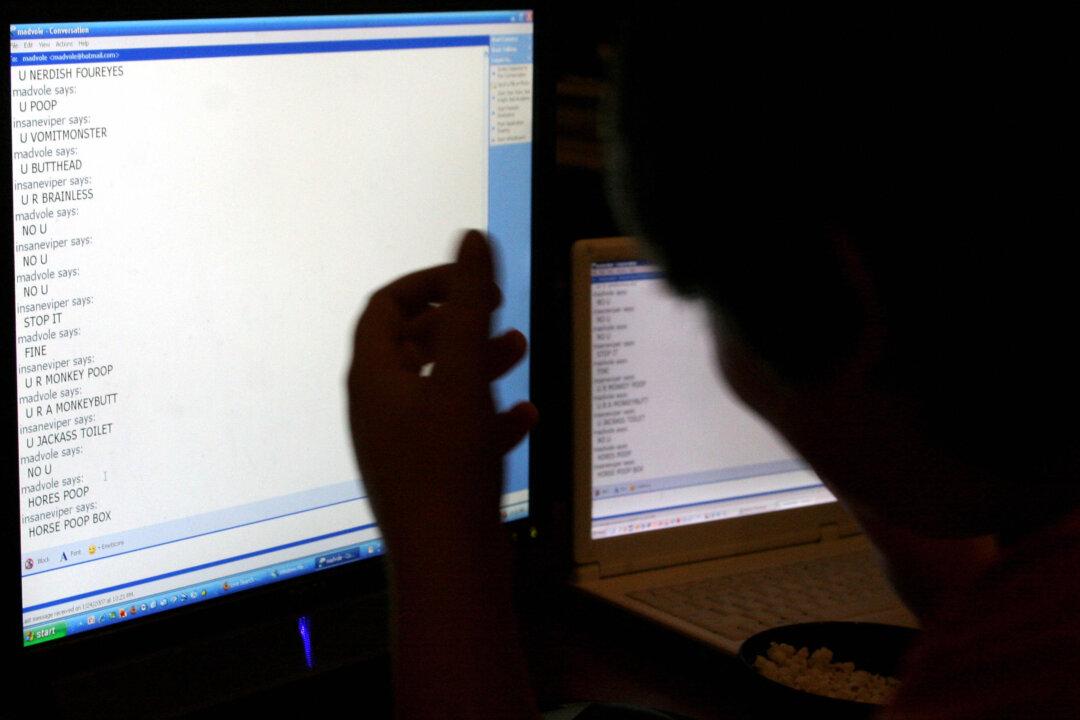I was ostracized, objectified, alienated and made fun of for over 6 months of the school year.
Teens Targeted in Sextortion Crimes, Victims Often Blame Themselves
“I moved, I got a dog, I would change my routine every 3 days. I was so scared about what he would do.”

FILE--Nicholas Kamm/AFP/Getty Images
|Updated:



